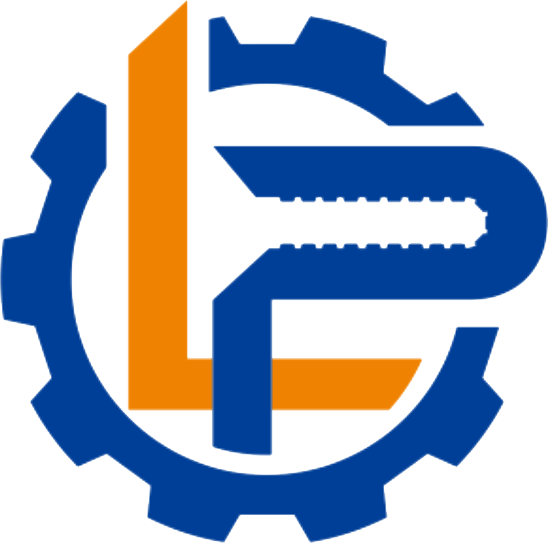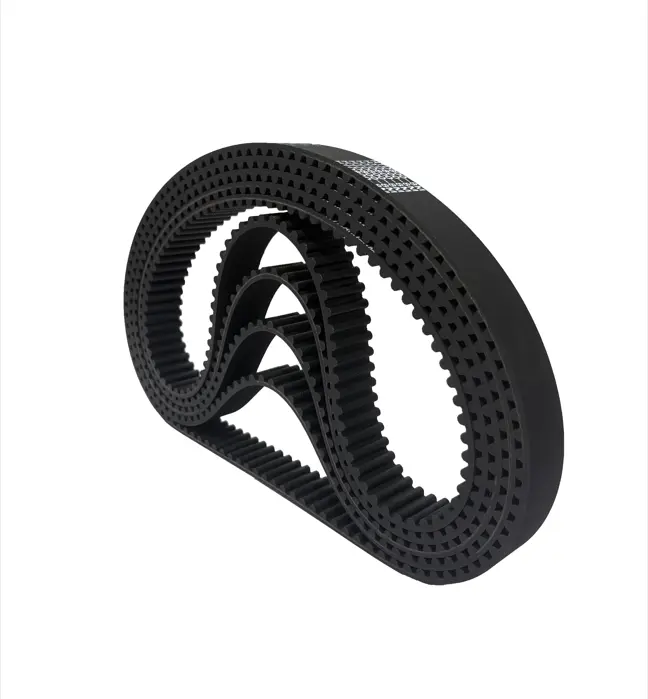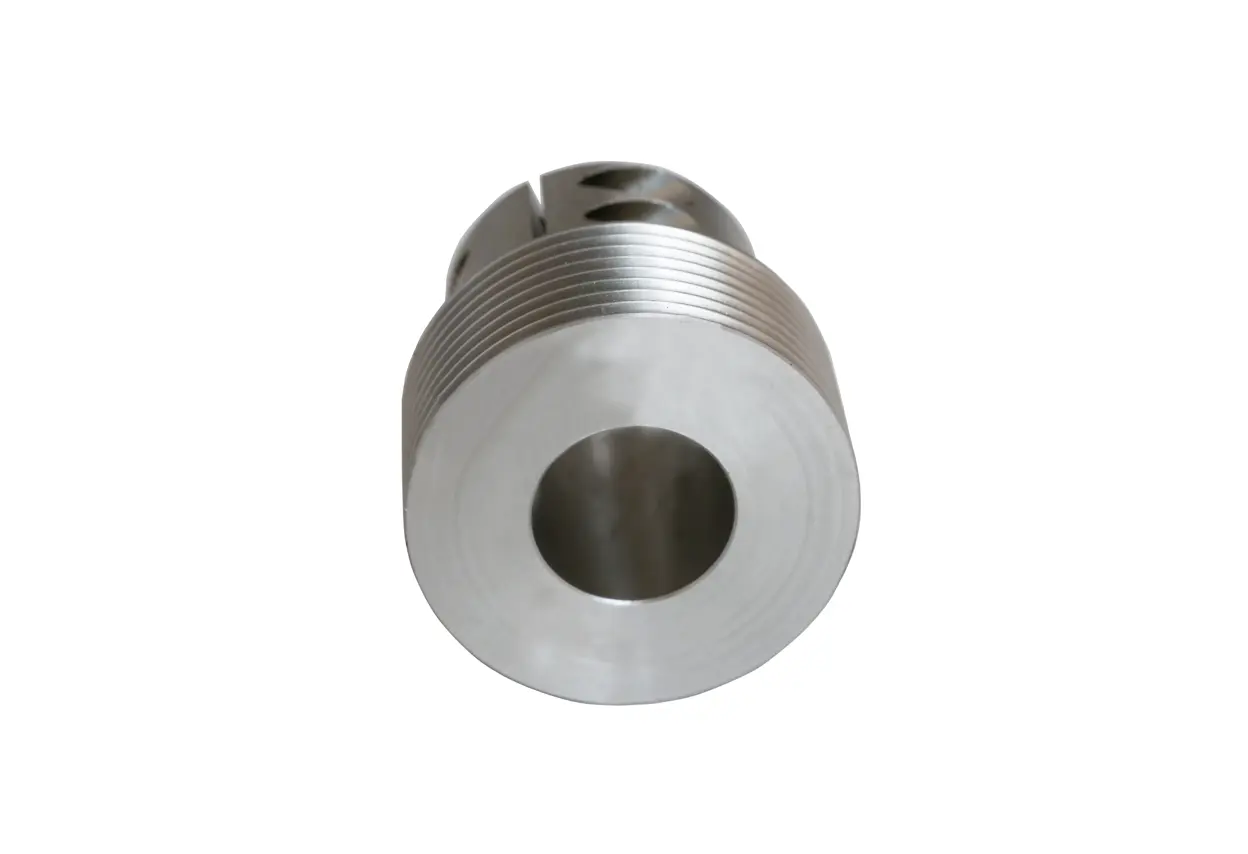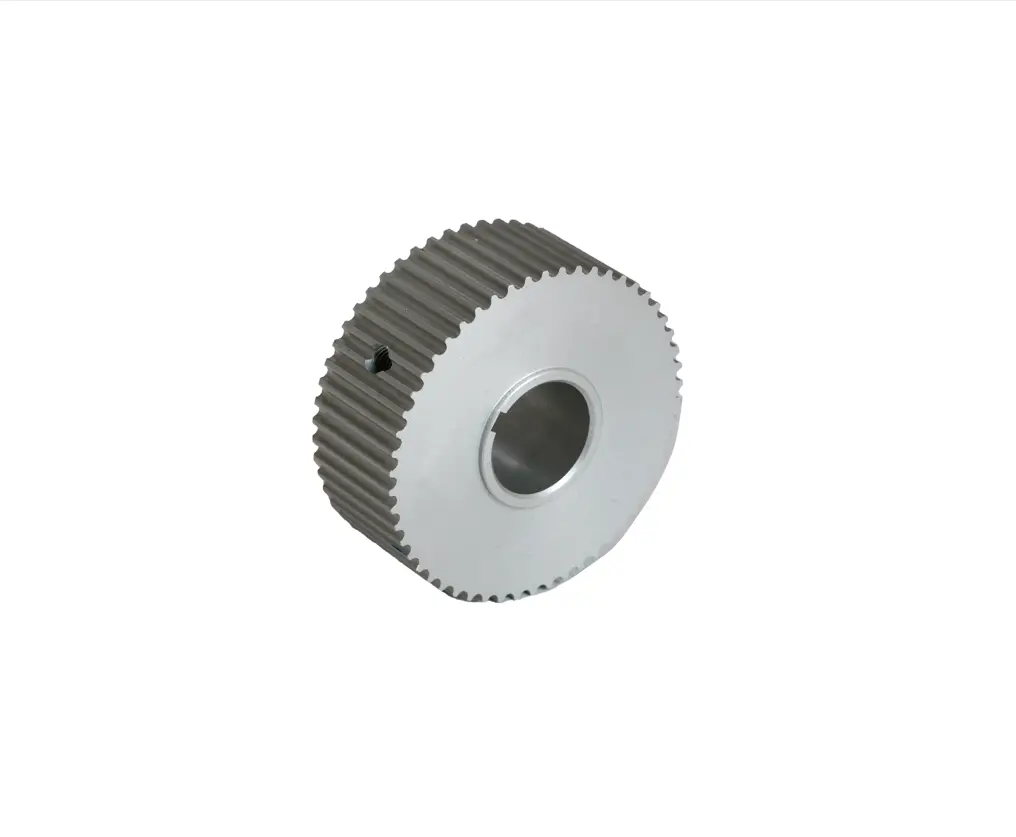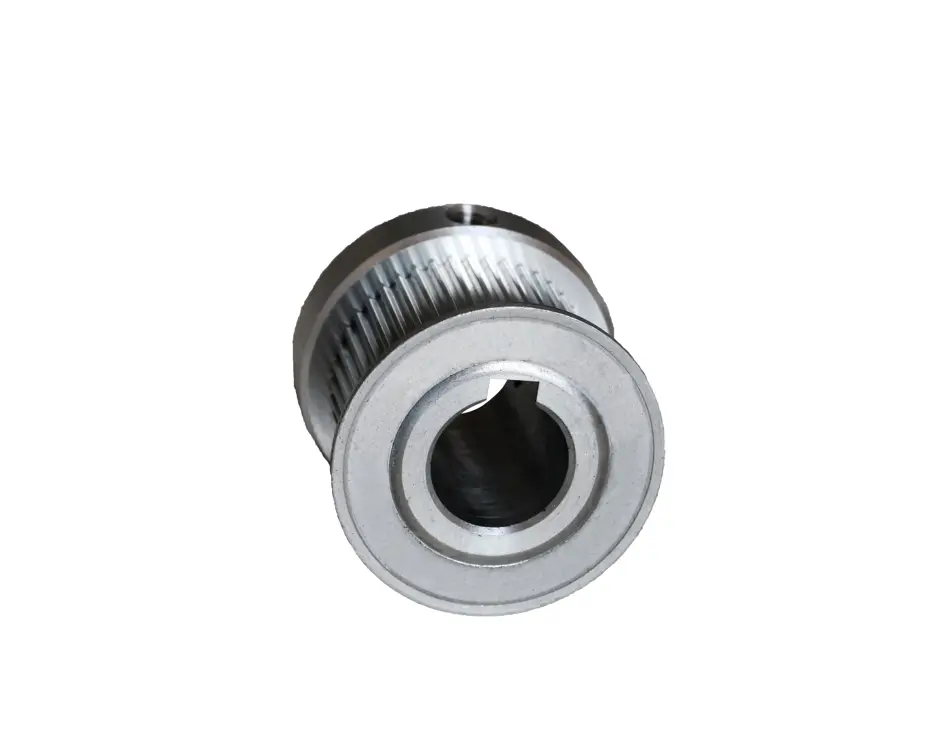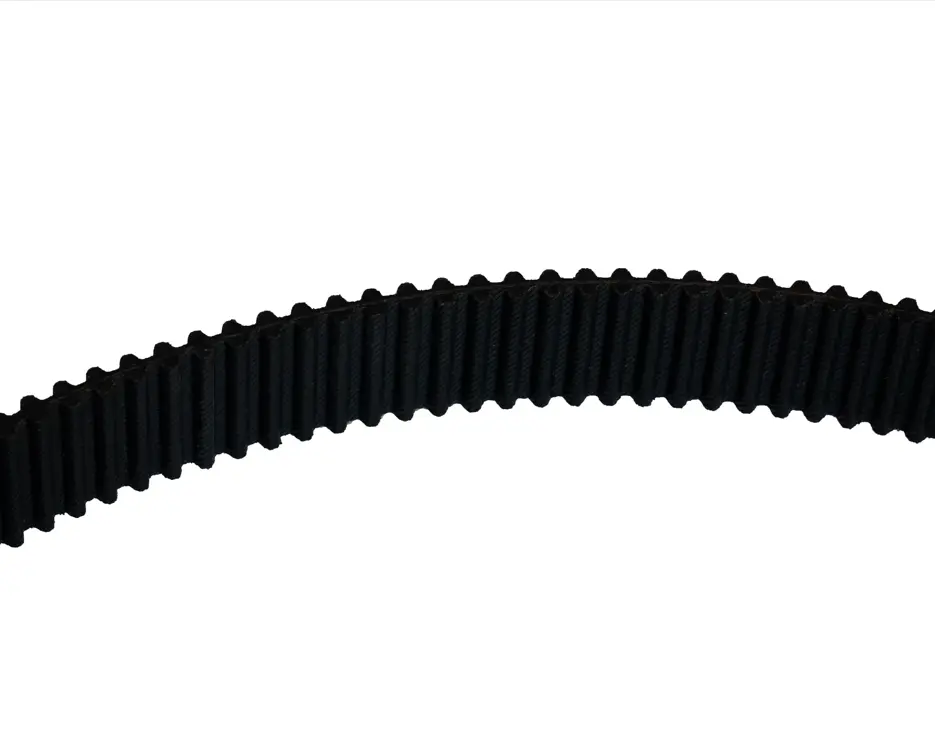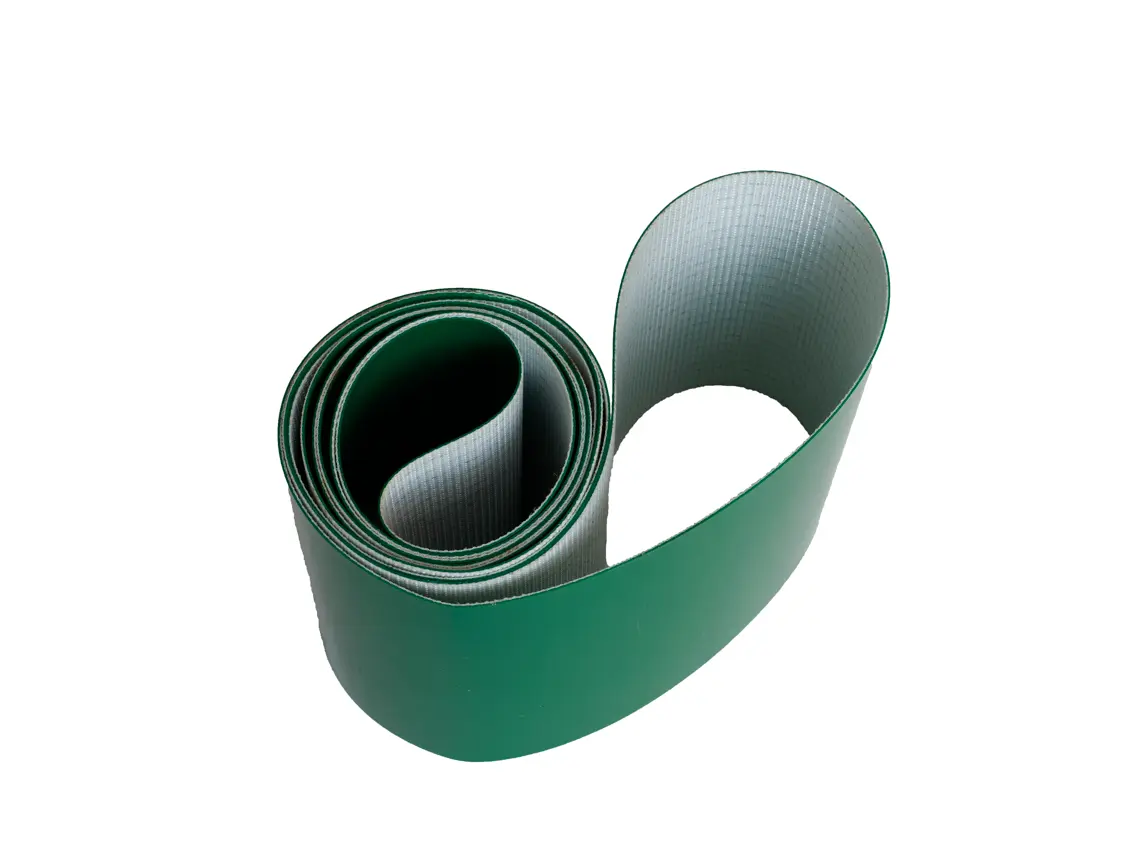Exploring the Benefits of Double-Sided Synchronous Belts in Robotics

Rubber double-sided Synchronous Belts offer distinct advantages inrobotics and high-precision automation. These belts enhance power transmission efficiency by providing 15-20% greater effectiveness in bidirectional use compared to single-sided belts. Their innovative design also boosts durability and minimizes maintenance requirements, making them perfect for a wide range of applications, including those utilizing Double-Sided Timing Belts.
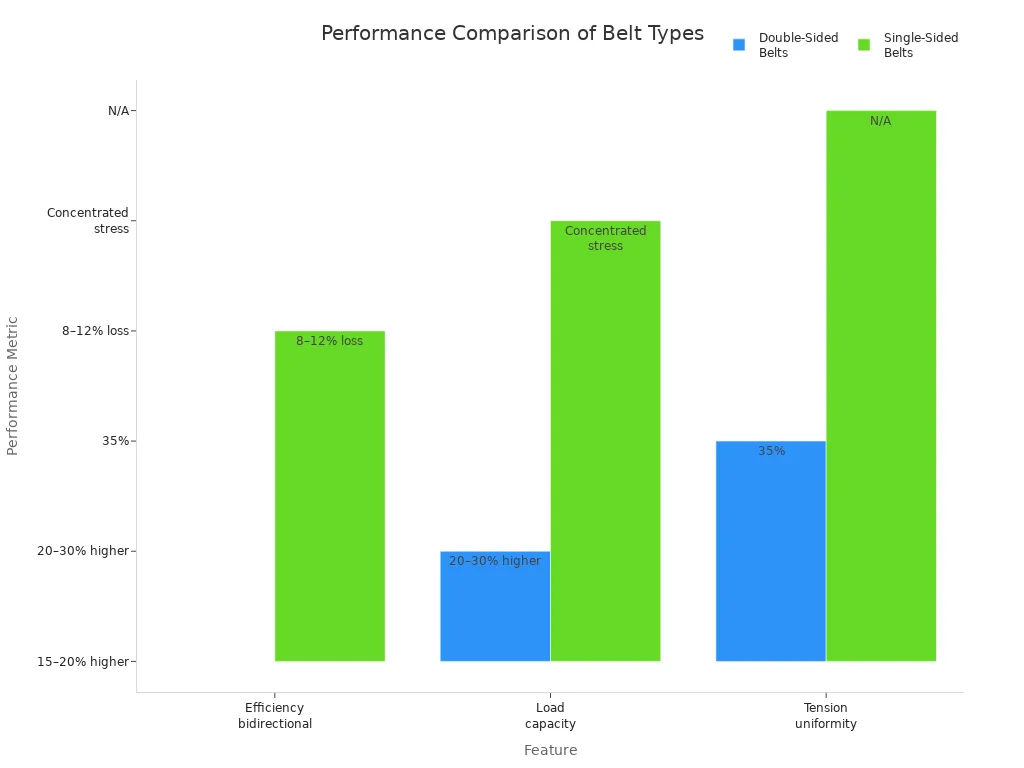
Key Takeaways
- Double-sided synchronous belts improve power transmission efficiency by 15-20%, making them ideal for compact robotic systems.
- These belts reduce noise and vibration, creating a quieter working environment and lowering maintenance costs.
- Their durability allows for longer lifespans and fewer replacements, leading to significant long-term savings in operational costs.
Structure and Material of Rubber Double-Sided Synchronous Belts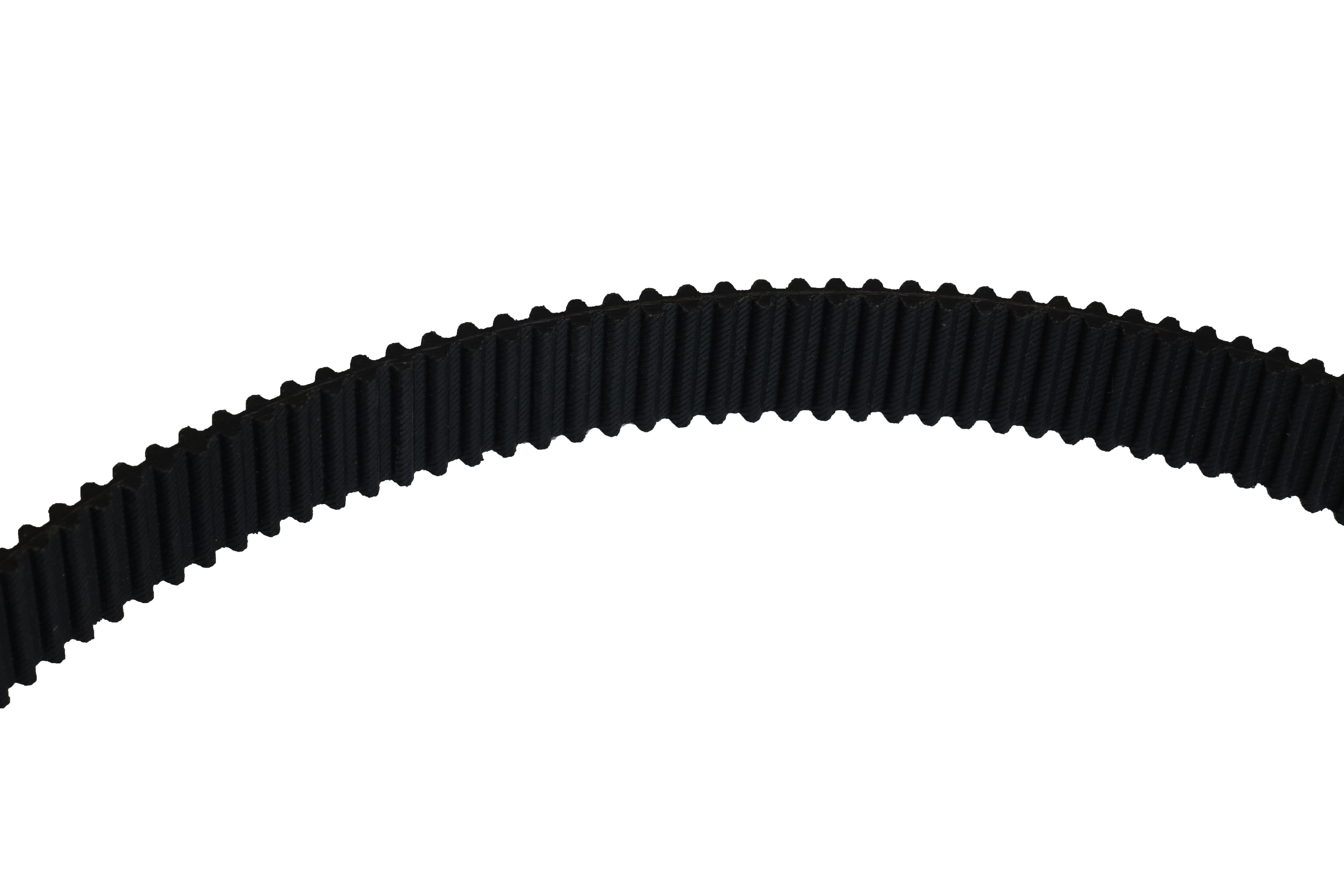
Rubber double-sided synchronous belts stand out due to their innovative design and high-quality materials. These features contribute significantly to their operational flexibility and durability in robotics.
Belt Design Features
The design of these belts includes several key features that enhance their performance:
| Feature | Description |
|---|---|
| Dual-sided teeth | Provides equal load carrying capacity on either belt surface, enabling synchronization from both sides. |
| High loading capacity | Suitable for contra-rotating drives, ensuring smooth operation and flexibility. |
| Low running noise | Designed to operate quietly, enhancing usability in robotics applications. |
| Larger tooth profile | Increases performance capacity, allowing for high-speed operation. |
| Wide temperature range | Ensures functionality in various environmental conditions, contributing to versatility in robotics. |
These features allow the rubber double-sided synchronous belt to excel in various robotic applications, making it a preferred choice for engineers.
Material Properties
The materials used in these belts play a crucial role in their durability and maintenance. High-quality rubber and strong reinforcing fibers enhance tensile strength and wear resistance. This combination allows the belts to handle significant loads and perform reliably in challenging conditions.
Moreover, these belts are engineered to function effectively over a broad temperature range, from -25°C to +80°C. This capability is essential for their longevity and performance in diverse environments. Proper installation and tensioning are also vital to maintain optimal performance and extend the lifespan of the belts.
Operational Advantages in Robotics

Rubber double-sided synchronous belts bring several operational advantages that make them ideal for robotics. These benefits enhance performance and efficiency, making them a preferred choice in various applications.
Enhanced Power Transmission
One of the standout features of rubber double-sided synchronous belts is their ability to provide dual-side power transmission. This means a single belt can drive multiple pulleys, which is perfect for compact spaces. Here are some key points about this advantage:
- Balanced Torque Distribution: The design allows for balanced torque distribution, which reduces stress on the belt. This leads to a longer lifespan and improved reliability.
- Compact System Design: Engineers can create lightweight and efficient systems without sacrificing flexibility. This compactness is crucial in robotics, where space is often limited.
- High Load-Carrying Capacity: These belts can handle significant loads, making them suitable for various robotic applications.
Reduced Noise and Vibration
Another significant advantage of rubber double-sided synchronous belts is their ability to reduce noise and vibration. This feature is essential in creating a quieter working environment. Here’s how they achieve this:
| Feature | Benefit |
|---|---|
| Quieter operation | Runs quieter than roller chain drives |
| No lubrication required | Eliminates lubrication and re-tensioning |
| Reduced maintenance needs | Lowers maintenance and labor costs |
These belts operate with lower vibration levels compared to traditional chain or gear systems. This reduction in noise enhances user experience, especially in environments like home appliances, where quieter operation is desirable.
Increased Load Capacity
Rubber double-sided synchronous belts excel in their load capacity. They can support heavier loads while maintaining stability and performance. Here are some reasons why this is beneficial:
- Stable Transmission Performance: These belts provide stable transmission performance even under heavy loads. This reliability is crucial in high-precision robotics.
- Durability: Made from high-tensile materials, these belts ensure longevity under constant use. This durability translates to less frequent replacements and lower operational costs.
Applications in Robotics and Automation
Rubber double-sided synchronous belts play a vital role in various robotic applications. Their unique design and benefits make them ideal for different sectors, enhancing efficiency and reliability.
Industrial Robotics
In industrial robotics, these belts find applications in complex machinery and packaging equipment. They offer several advantages:
- No Slippage: The design ensures no slippage between the belt and pulley, which enhances performance.
- High Efficiency: These belts can achieve efficiency levels of up to 98%, making them a top choice for manufacturers.
- Accurate Speed Control: They provide precise speed control, crucial for tasks requiring high accuracy.
- Quiet Operation: Their quiet operation contributes to a better working environment.
- Low Maintenance: With proper alignment, these belts have a long service life, reducing maintenance needs.
Automated Guided Vehicles (AGVs)
Automated guided vehicles benefit significantly from rubber double-sided synchronous belts. These belts allow for smooth and efficient movement, which is essential for AGVs navigating complex environments. Their ability to handle heavy loads while maintaining stability makes them perfect for transporting goods in warehouses and factories.
Packaging and Assembly Lines
In packaging and assembly lines, rubber double-sided synchronous belts excel due to their moisture-proof, oil-proof, and antibacterial properties. These features meet strict hygiene requirements, especially in the food industry. They also enhance production efficiency and reduce maintenance costs. For instance:
- Coated belts can extend service intervals from 12 to 18 months in food packaging equipment.
- Automotive assembly lines report a 41% reduction in unexpected maintenance downtime annually.
- There is a 90% decrease in grinding needs compared to traditional belt systems.
These benefits make rubber double-sided synchronous belts a preferred choice in various robotic applications, ensuring smooth operations and high productivity.
Performance Comparison with Single-Sided Belts
When comparing rubber double-sided synchronous belts to single-sided belts, several key factors come into play. These factors include efficiency, durability, and cost-effectiveness. Understanding these differences can help engineers and manufacturers make informed decisions for their robotic applications.
Efficiency Metrics
Efficiency is crucial in any robotic system. Rubber double-sided synchronous belts offer significant advantages over their single-sided counterparts. Here are some efficiency metrics to consider:
- Power Transmission: Double-sided belts can transmit power from both sides, allowing for more compact designs. This feature leads to a 15-20% increase in overall efficiency.
- Torque Distribution: The design of double-sided belts ensures balanced torque distribution. This balance reduces wear and tear, enhancing the belt's lifespan.
- Operational Flexibility: With the ability to drive multiple pulleys, double-sided belts provide greater flexibility in system design. This flexibility can lead to improved performance in various applications.
Durability and Lifespan
Durability is another critical aspect where rubber double-sided synchronous belts shine. They outperform single-sided belts in several ways:
| Belt Type | Durability (Reversals) | Load Capacity Improvement | Tension Uniformity Improvement |
|---|---|---|---|
| Single-sided | 8,000 - 10,000 | N/A | N/A |
| Double-sided | 14,000 - 16,000 | 20-30% | 35% |
As shown in the table, double-sided belts can endure significantly more reversals, leading to a longer lifespan. This durability translates to fewer replacements and lower operational costs. To maximize the lifespan of these belts, manufacturers recommend several maintenance practices:
- Conduct regular visual inspections for signs of wear, such as cracks or fraying edges.
- Perform inspections every 500 hours of operation or at least once every three months.
- Monitor and adjust the tension according to the manufacturer's specifications.
- Lubricate pulleys and bearings to enhance performance and longevity.
- Maintain a maintenance log to track inspections and adjustments.
Cost-Effectiveness
Cost-effectiveness is a vital consideration for any business. While rubber double-sided synchronous belts may have a higher initial cost, their long-term benefits often outweigh this expense. Here’s why:
- Reduced Maintenance Costs: With lower wear and tear, these belts require less frequent replacements. This reduction in maintenance needs can lead to significant savings over time.
- Increased Productivity: The efficiency and durability of double-sided belts contribute to higher productivity levels. Fewer breakdowns mean less downtime, which can enhance overall operational efficiency.
- Long-Term Investment: Investing in double-sided belts can lead to better performance and reliability in the long run. This investment pays off as businesses experience fewer disruptions and lower operational costs.
Rubber double-sided synchronous belts significantly enhance performance in robotics. Their efficiency, durability, and versatility make them a top choice for various applications. Future trends indicate that advancements in materials and smart maintenance integration will drive their adoption in advanced automation systems. As industries focus on sustainability, these belts will likely become even more popular.
| Trend | Description |
|---|---|
| Advancements in Materials | The combination of synthetic rubber and polymer materials enhances durability, increasing usage. |
| Smart Maintenance Integration | IoT-based predictive maintenance reduces belt failure and improves machinery lifecycle. |
| Sustainability & Eco-Friendly | Adoption of recyclable rubber compounds drives demand for environmentally friendly belts. |
| Smart Belt Monitoring | Industry 4.0 technologies enable belts with sensors for performance tracking and preventive measures. |
| Energy-Efficiency Compliance | UK regulations promote energy-efficient systems, boosting market growth. |
FAQ
What are double-sided synchronous belts used for in robotics?
Double-sided synchronous belts transmit power efficiently in robotics, allowing for compact designs and smooth operation in various applications.
How do double-sided belts compare to single-sided belts?
Double-sided belts offer better efficiency, increased load capacity, and longer lifespan, making them a superior choice for many robotic systems.
Are double-sided synchronous belts easy to maintain?
Yes! These belts require minimal maintenance due to their durable design and reduced wear, leading to lower operational costs over time.
